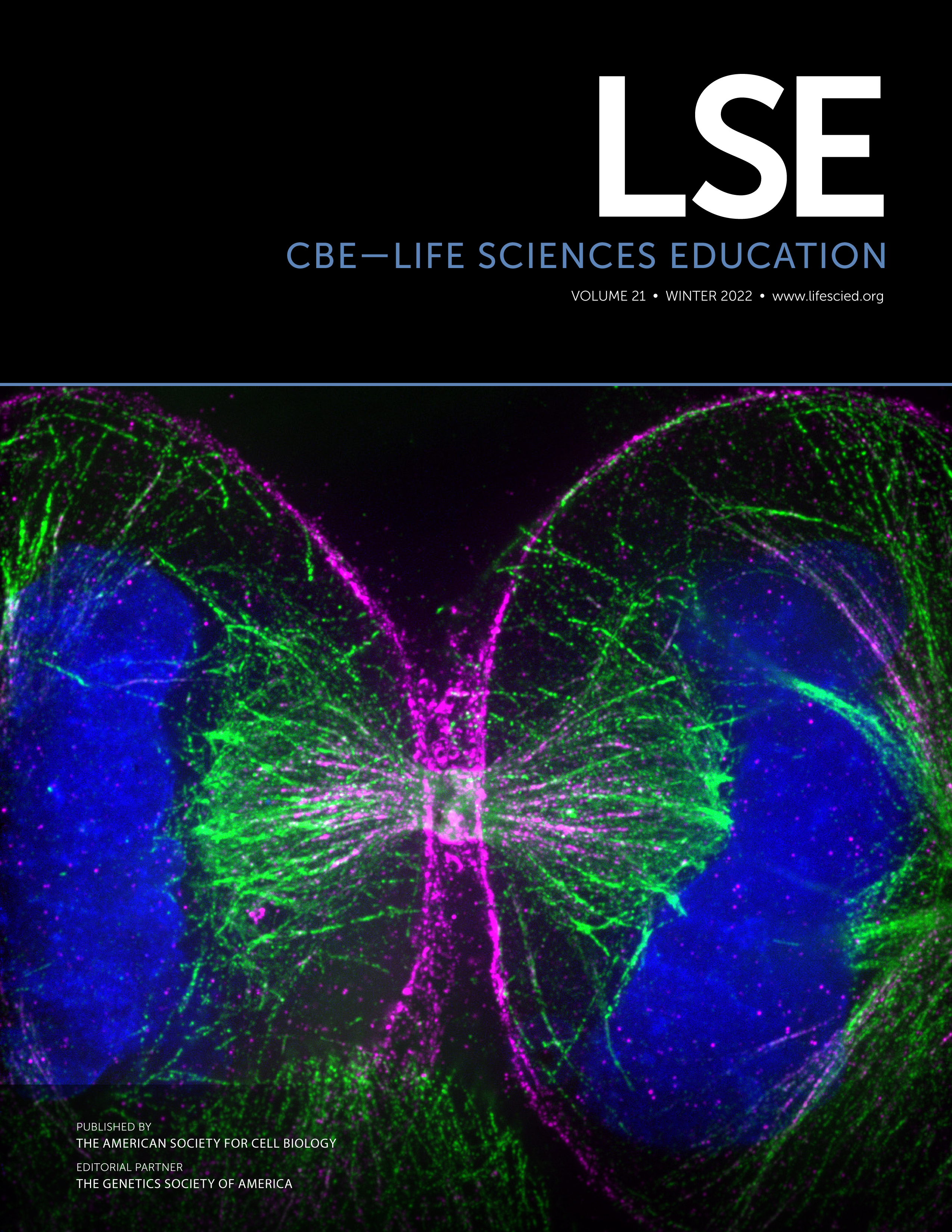“Bed bugs live in dirty places”—How Using Live Animals in Teaching Contributes to Reducing Stigma, Disgust, Psychological Stigma, and Misinformation in Students
Abstract
Bed bugs are on the rise and are increasingly perceived as harmful parasites. Because individuals affected by bed bugs often feel disgust and shame and are stigmatized, bed bugs are an important public health and environmental justice concern and therefore a health education issue as well. In this quasi-experimental study, we examine how different constructs, namely, forms of stigma, disgust, psychological distance, and myths about bed bugs (dependent variables), change over time (pre/posttest) in response to two forms of teaching intervention (independent variables) in upper secondary-level high school. The content of the interventions was the same, but in class, we showed live bed bugs to one group of students, assuming this would lead to a more realistic, less imaginative response to bed bugs than in the group presented with only pictures of bed bugs. Together with previous studies, we assumed that live bed bugs would be perceived as less disgusting and with a lower degree of stigmatization. Our results show that stigma, psychological distance, and myths can be reduced through intervention (regardless of live animal or picture). Disgust was more strongly reduced by live animals than by pictures. We present implications for biology education and contemporary health education.



